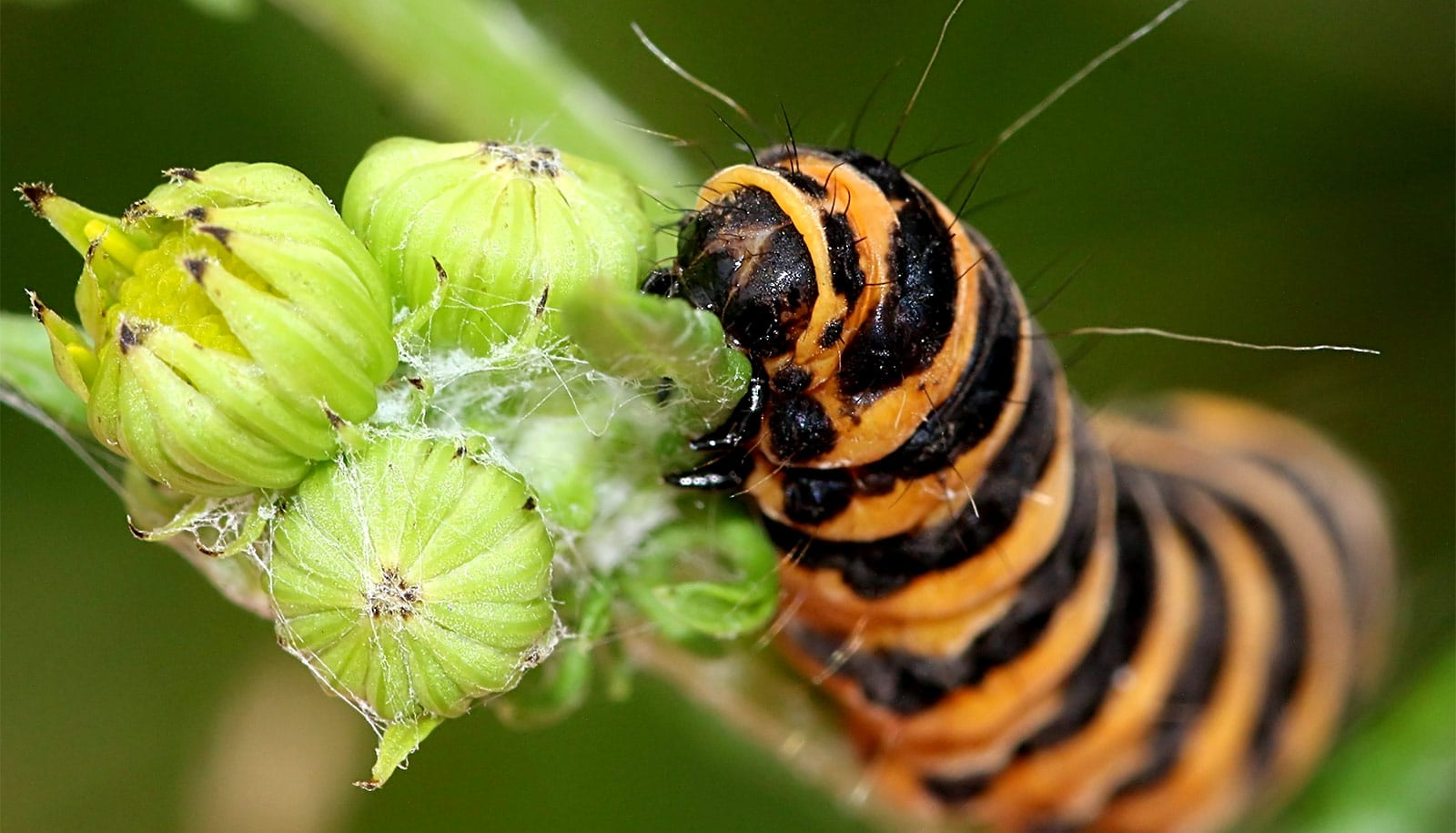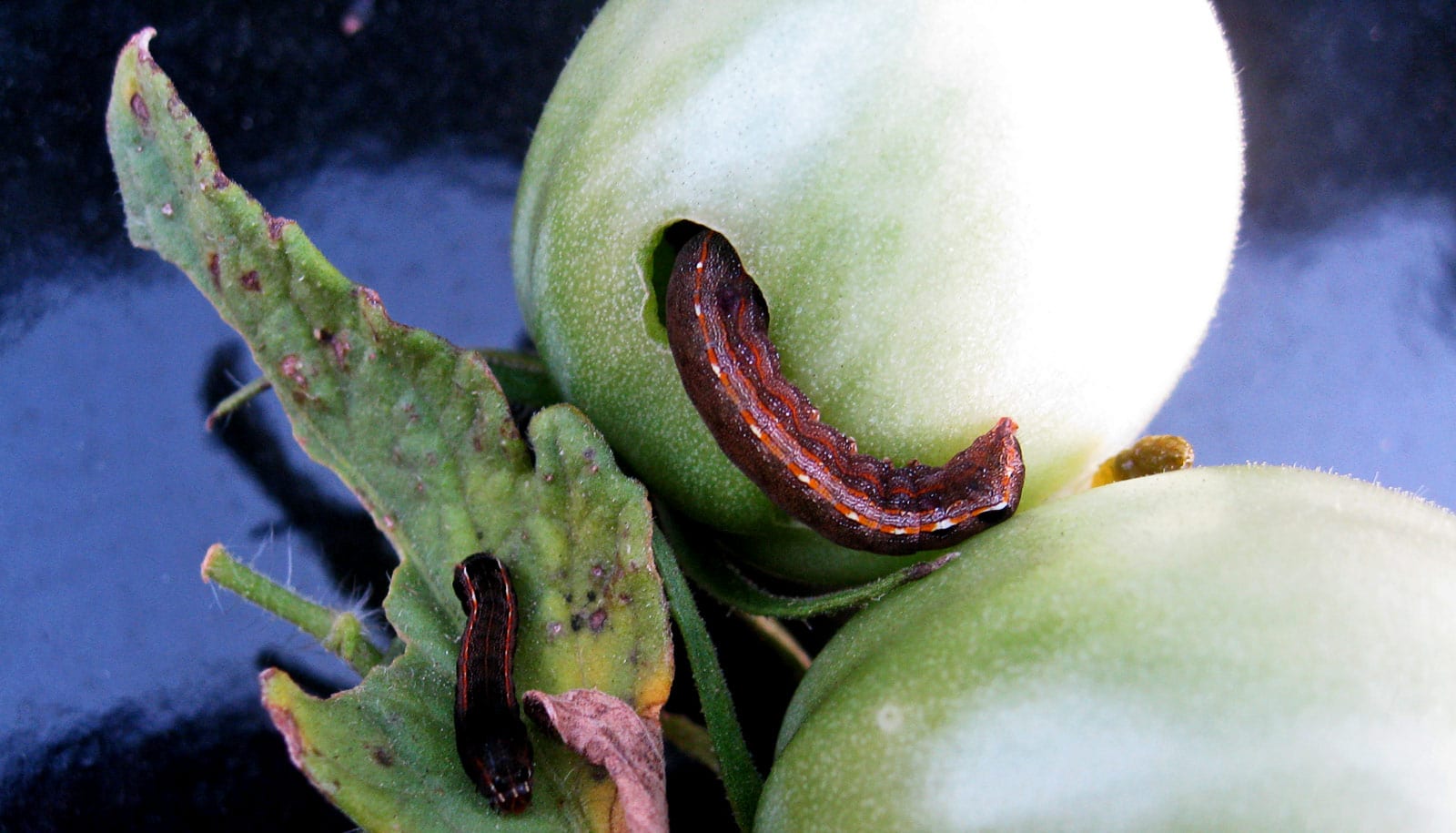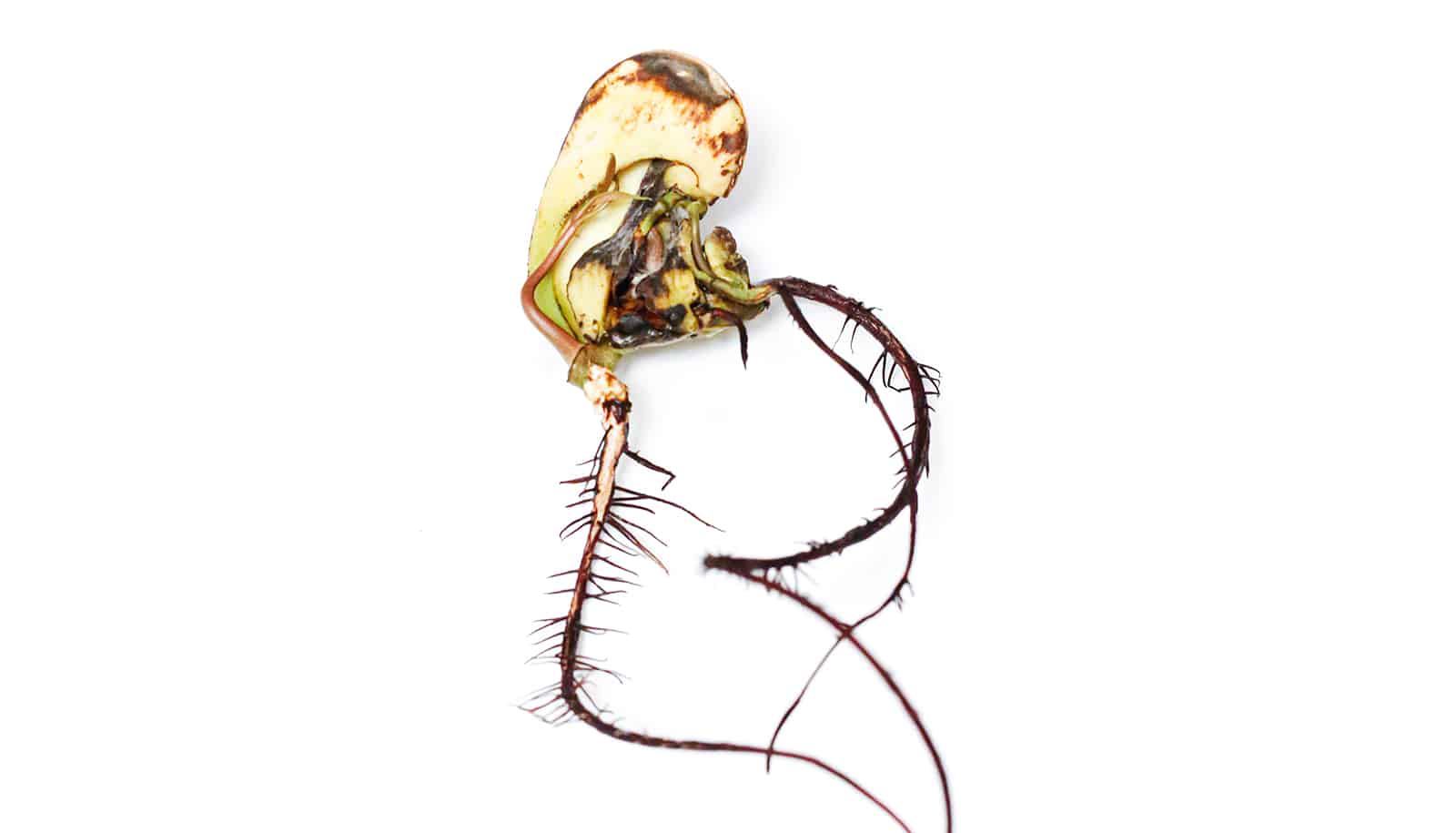New research proves how plants defend themselves.
With their roots anchored in soil, plants are motionless buffet items for insect larvae and other herbivores. But after millions of years of evolution, plants have refined a way of deterring predatorial herbivores and ensure for the survival for their next generation.
In scientific circles, the precise mechanisms of how plants defend themselves has been a bit of a mystery. Among the many observations made by researchers, the “optimal defense theory” of how plants defend themselves against herbivores was advanced in 1974. However, scientific evidence to support the theory was lacking.
Now, a new study in the Proceedings of the National Academy of Sciences proves for the first time how plants defenses work.
“In the study, we prove that the old leaves of a plant selflessly sacrifice themselves by redirecting their defenses to younger leaves, for the sole purpose of scaring larvae and other herbivores away and off to the old leaves instead. By doing so, the plant ensures for the survival of its next generation,” says lead author Barbara Ann Halkier, a professor at the University of Copenhagen.
The chemistry a plant uses to defend itself includes the very same substances that cause wasabi and mustard to provoke a burning sensation in our mouths, the researchers report. Instead of serving as a culinary condiment, these pungent tasting plant substances primarily serve to repel insatiable herbivores.
Glucosinolates, as these substances are known, occur naturally in plant leaves. It’s only when herbivores begin eating the leaf, and plant tissue is crushed, that the enzyme myrosinase comes into contact with the glucosinolates, which split to release their strong and slightly toxic chemical deterrents. Plants can self-adjust the amount of these defensive substances in each leaf, which is particularly evident when new seeds are being produced.
“When a plant goes to flower, everything revolves around the next generation. At this point, it is more important to defend the young leaves that supply future seeds than to protect the older ones. As such, the concentration of glucosinolates in younger leaves increases, which is what we have scientifically proven for the first time,” says professor Alexander Schulz.
By altering its genetic characteristics, the researchers created a mutant thale cress plant (Arabidopsis thaliana) which was reprogrammed to apportion its chemical defenses evenly among old and young leaves, as opposed to directing larger doses to the young leaves.
When the larvae were set loose, it was plain for the researchers to see that they indiscriminately devoured leaves young and old, while on a normal plant, the larvae passed on the pungent young leaves.
First and foremost, according to the researchers, the study findings provide definitive evidence of how plants optimize their defenses and protect the next generation. However, the result also supplies new knowledge that could be used in the more cautious control of agricultural pests like the African cotton leafworm (Spodoptera littoralis), one of the most devastating moth larvae for agricultural crops.
“The new knowledge could be used in other studies where one is trying to strengthen a plant’s own defenses against pests, so as to limit agricultural pesticides use,” Halkier says.
Source: University of Copenhagen


